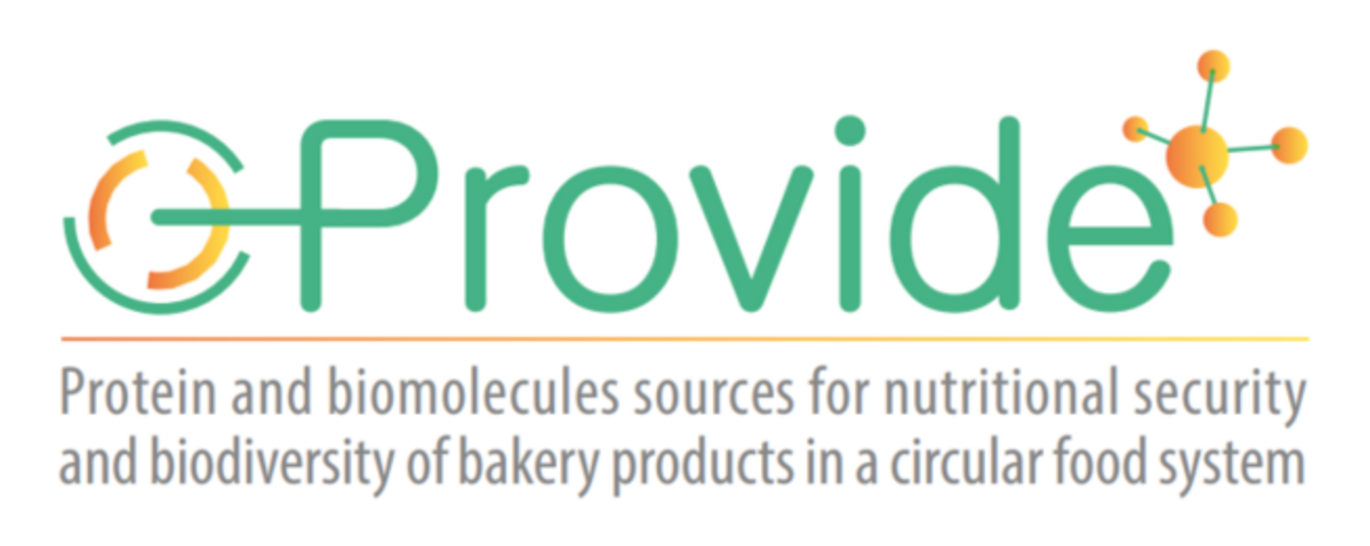Food industry by-products: waste or promising resource?
Food industries produce huge amounts of unwanted by-products, which are often discarded, used as low-quality animal feed or in the energy sector. However, most by-products show potential for valorization based on their nutritional composition

The PROVIDE project is looking for ways to apply green technologies for the extraction of beneficial compounds out of selected by-products to be used in bakery products. The aquired new knowledge on food by-products valorization will help to renew the food industry, through bakery products innovation and diversification, contributing also to the environmental sustainability and circularity.
The focus was set on by-products from dairy (whey), breweries (brewers spent grain), oilseed (oilpress cakes), poultry (e.g. feathers, bones) and the prickly pear cactus (e.g. peels, cladodes) industries.
In the EU ~40 million tonnes of whey are produced every year and if discarded without any treatment it becomes a serious environmental issue; poultry production corresponded to ~13 million tons in 2019, half of which are by-products; 397 billion hectoliters per year are produced and for each liter of beer, 18-24 kg of spent grains are generated; ~5 million tonnes of sunflower meal were generated in 2019. The less known prickly pear cactus gains increasing popularity with regards to the climate change due to its status as ’future crop’.
Promising nutrients
According to literature, all by-products under study are good sources for proteins, minerals, soluble and insoluble fibers and partly also vitamins. However, these nutritionally beneficial compounds are currently not used for human nutrition. Also, many of these by-products contain other compounds of interest, like antioxidants, polyphenols and flavonoids. For the spent grains, another interesting compound is ß-glucan, which can otherwise only be found in higher amounts in oat and is associated with different functional properties like the reduction of plasma cholesterol, positive effects on the sense of satiety and the immunostimulant action. However, it has to be kept in mind that the exact composition of the by-product can vary between different harvest years and production sites (spent grains), animals (whey) or type of oilseed (e.g. sunflower or rapeseed). To get further insight into the differences, several samples of each source, both from organic and non-organic production, are currently undergoing a complete analytical screening to evaluate the basic composition and beneficial components of each source.
Safety evaluation
To guarantee the safety of developed products, an intense safety evaluation is also conducted using state-of-the-art analytical methods with a special focus on heavy metals, pathogens, mycotoxins and allergens. Also, the planned fractionations for whey and the spent grains using green technologies might allow the reduction of unwanted compounds, which is currently under investigation. All analyses will be repeated throughout the different stages of the project, i.e. isolated intermediates, new ingredients and final products.
Further information and the current status of the project can be found here: www.project-provide.eu
Authors
Michael Rychlik, Technical University of Munich, michael.rychlik@tum.de, www.alc.wzw.tum.de
Sophie Scheibenzuber, Technical University of Munich, sophie.scheibenzuber@tum.de, www.alc.wzw.tum.de
Turid Rustad, Norwegian University of Science and Technology, turid.rustad@ntnu.no, https://www.ntnu.edu/ibt
Claudia Zoani, Italian National Agency for New Technologies, Energy and Sustainable Economic Development, claudia.zoani@enea.it, https://bioagro.sostenibilita.enea.it/en
Tiziana Marino, Italian National Agency for New Technologies, Energy and Sustainable Economic Development, tiziana.marino@enea.it, https://bioagro.sostenibilita.enea.it/en
Editor: Marijke Hunninck, ILVO / Design: Christine Dilling, ICROFS
